The Florida Bobcat (Felidae Rufus Floridanusare) is one of two predatory cats native to the Florida region. Despite being the only two native wild cats to Florida, Bobcats and Florida Panthers diverged from two different lineages. Bobcats are a species of lynx. The lynx line diverged from a common ancestor 7.2 mya. The Puma lineage which the panther diverged from did not appear until 6.7 mya. Twice the size of domestic cats and weighing 12-28 pounds, Bobcats are often mistaken for the larger endangered Florida Panther.
Florida Bobcats are immediately identifiable by their short tails or bobs. Fringes of fur outline the sides of their heads. Their tails have white on the underside and black markings on the top side. They have spots of white fur on all parts of their body which can range in color from reddish-brown to grey.
Female bobcats require approximately 5 square miles of range while males require 15 to 30 square miles. The mating season occurs from August to March with the peak time occurring in February and March. The den can consist of a hollow tree, cave, rock outcropping, or other open shelters. Dense shrub thickets and saw palmetto provide cover for private dens. One to four spotted or mottled kittens are born in the early spring. Coyotes effectively regulate the Bobcat population when they prey on cubs. Florida Bobcats live up to 14 years.
Bobcats can swim and climb trees with ease, two factors that prevent them from falling prey to natural enemies besides human hunters. Bobcats usually hunt at night but can often be spotted during the day. Dinner consists of birds, carrion, rats, rabbits, raccoons, opossums, and squirrels. Towhees, thrashers, catbirds, and other ground-dwelling birds provide winter treats. Florida Bobcats play an important role in the ecosystems they inhabit by helping to control their prey animals’ populations.
This native species is abundant in Florida and can be found in forests, swamps, and hammocks. Though bobcats are stealthy, elusive, and show no interest in people, they are often seen in suburban yards and even city streets from time to time.
Bobcats typically do not approach humans but will do so if fed and taught to associate people with food. When living with Bobcats, we must do our part—secure chickens and other small pets in an enclosed pen. Domestic cats and dogs should not be left alone in your yard or on a screened porch. Always walk your dog on a leash. With just a little common sense, we can truly coexist with these magnificent cats.
Connect Respect Coexist
Photo Credit – Lynn Marie

Like this:
Like Loading...




















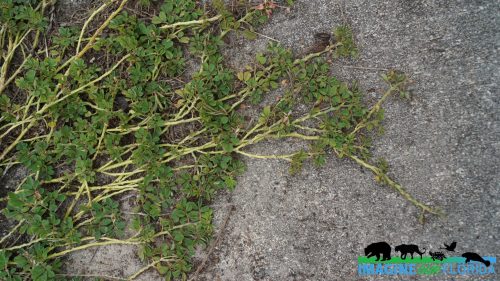















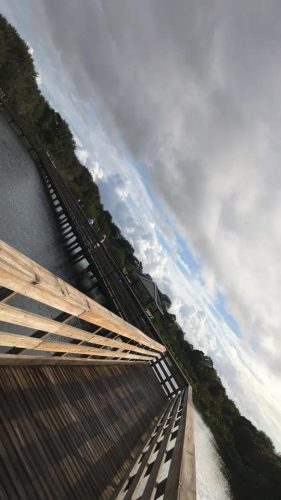




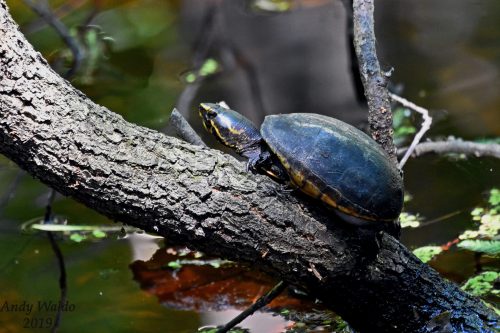



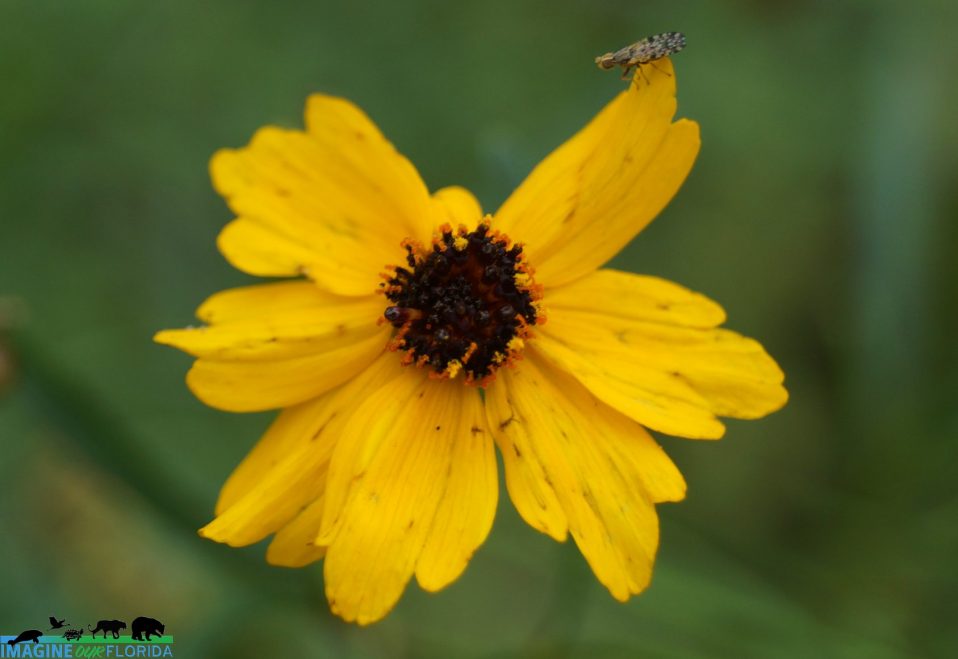
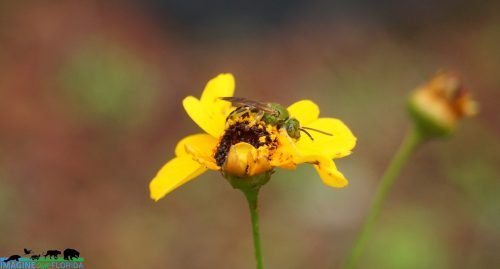

Recent Comments